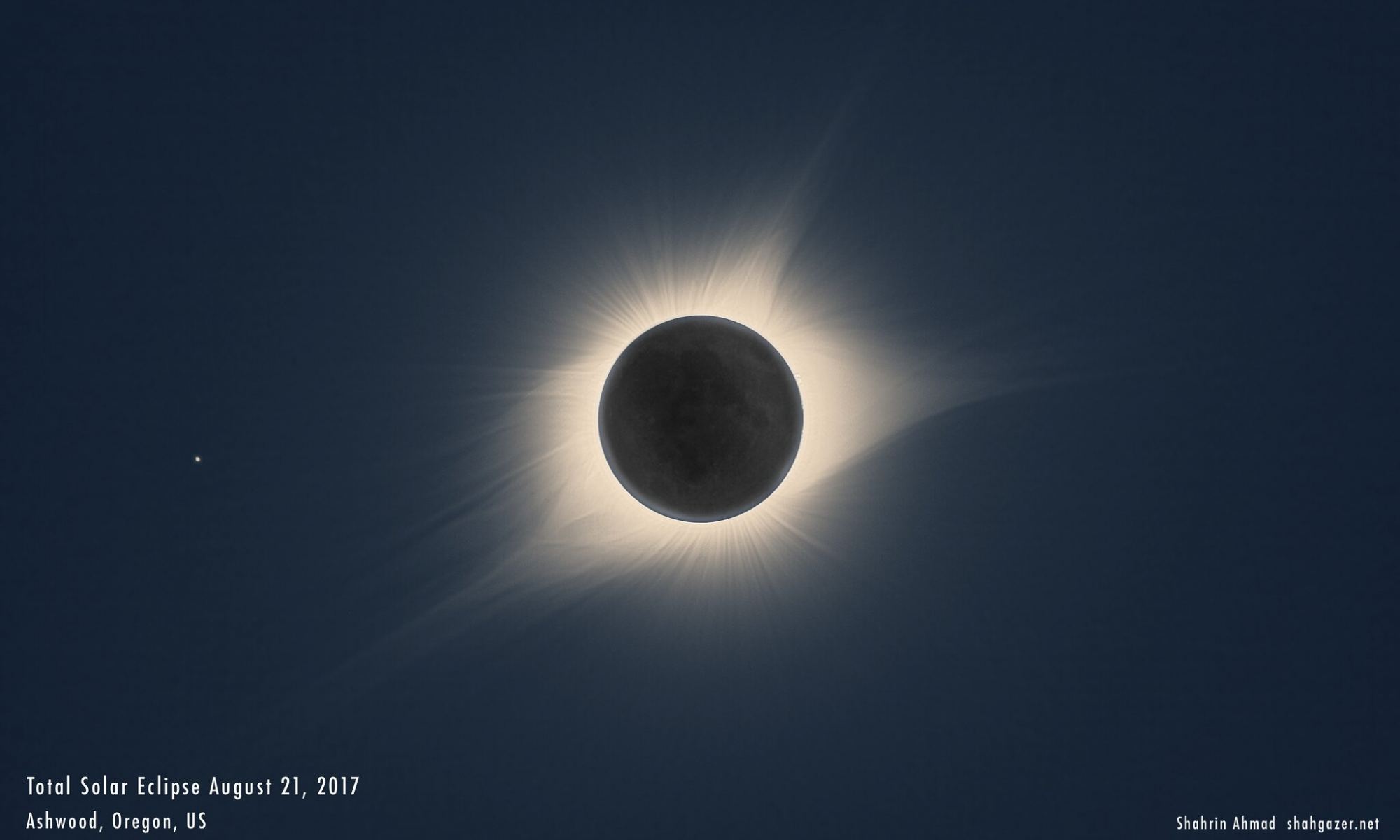As April’s ‘Great North American Eclipse’ nears, here’s a look at eclipses in time and space.
It comes around every total solar eclipse, and I fully expect to hear it trotted out once again this year, leading up to the Great North American eclipse on April 8th, 2024.
It’s often repeated (usually around the time leading up to a total solar eclipse) that the syzygy of the Earth, Moon and Sun is special, allowing totality to occur. To be sure, eclipses are extraordinary and spectacular events, and standing in the shadow of the Moon during totality is a spectacle that shouldn’t be missed.
But just how rare are the circumstances we witness on Earth during totality across time and space?
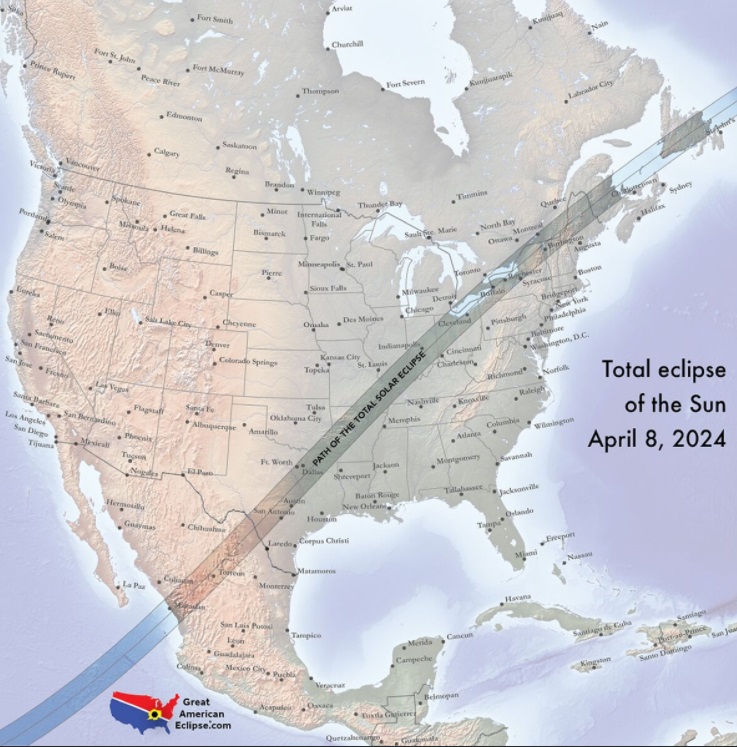
How Rare are Eclipses?
The Moon’s orbit intersects the ecliptic at two points, known as its ascending and descending nodes. We see lunar and solar eclipses on Earth when these nodes line up with the Sun (during a solar eclipse) or the Earth’s shadow (during a lunar eclipse). The Moon’s path is tilted just over 5 degrees versus the ecliptic plane. This means that most of the time, the Moon misses the Sun, and the Earth’s shadow. If it wasn’t tilted, an even more unique situation would occur. In this case, we’d see two eclipses (one lunar and one solar) occurring every synodic period or roughly just under once a month. As it is, eclipses worldwide happen in seasons or about twice a year as the nodes line up, with a solar and lunar eclipse about two weeks apart.
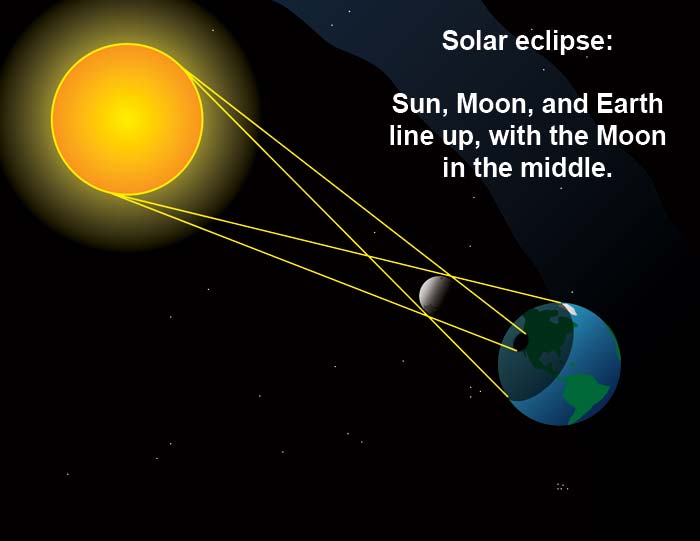
The precision-looking fit of the Moon over the Sun seen during totality is due to geometry. The Sun is about 400 times farther away from the Earth than the Moon, and 400 times as large in terms of physical diameter. But this is only approximate, and only true for our current epoch.
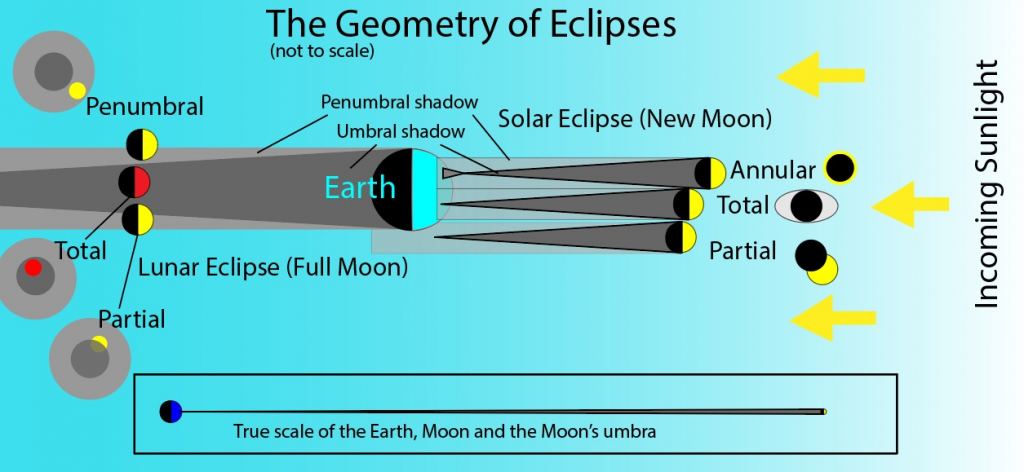
A Receding Moon
In fact, we know from the retro-reflectors placed on the Moon by Apollo astronauts that the Moon is moving away from us at 3.8 centimeters per year. About 600 million years from now, the last total solar eclipse will occur as seen from the Earth. Likewise, about a billion years in the past, the first brief annular solar eclipse must have occurred.
The apparent size of the Sun and Moon also vary slightly from one eclipse the the next. This ranges around half a degree (30 arcminutes) by few arcminutes (‘). This occurs as the Earth travels from perihelion to aphelion, and the Moon travels from perigee to apogee. When the Moon is too small to cover the Sun, a ‘ring of fire’ annular solar eclipse occurs.
The value difference for the apparent size of the Sun ranges from 31.6′ to 32.6′, and the Moon is 29.3′ to 34.1′. During the April 8th total solar eclipse, the Sun will be an apparent 31′ 57″ across. The Moon will be slightly larger, at 33′ 37″ across. This will yield a generous maximum totality of 4 minutes and 28 seconds in duration, as seen from near Nazas, Mexico .
A Fortunate Epoch
Even now in our current 5,000-year epoch, annulars are already more common, at 33.2% to 26.7% versus totals. The remainder are partials and rare hybrid annular-total eclipses.
“I found that whenever I use the phrase ‘cosmic coincidence’ to describe our current good fortune in the distance/diameter ratios favorable for a tight occultation of the Moon and Sun, almost predictably some of the responses will be ‘there are no coincidences,’ or ‘divine provenance,'” Eclipse chaser and cartographer Michael Zeiler told Universe Today. “I respond that often coincidences are true! We are simply lucky to live within the evolution of our solar system to witness total solar eclipses.”
Looking Out Across the Solar System
To be sure, solar eclipses do occur throughout the solar system. It’s all a matter of perspective, and literally knowing where and when to stand. New Horizons saw the Sun pass behind Pluto in 2015 (a sight no human eye has ever witnessed). Rovers on Mars have caught strange potato-shaped annular eclipses (or more properly, transits) courtesy of Deimos and Phobos.
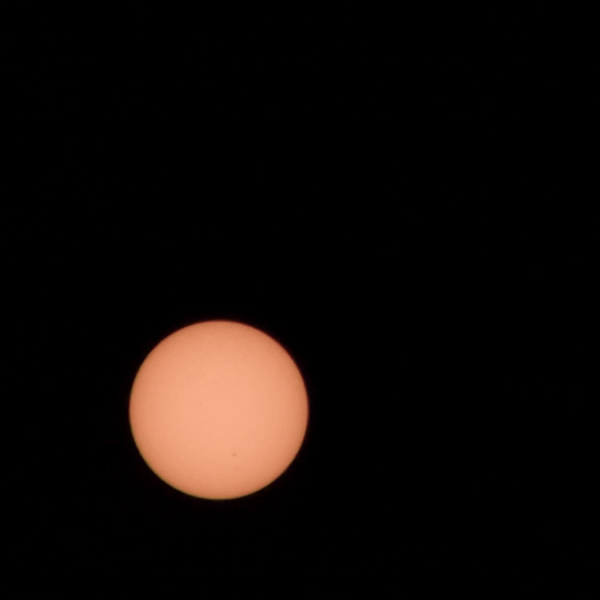
These robotic observations of the Martian moons aren’t just pretty pictures. They also also researchers to refine and pin down the exact orbits of both Phobos and Deimos. This is handy, as Japans Martian Moons Explorer is headed to the pair in 2026.
What’s more, Phobos is doomed to crash into Mars millions of years from now… at some far off date, it will briefly be close enough to totally eclipse the Sun as seen from the Martian surface. If humans are on Mars on November 10th, 2084, they can witness an uber-rare, transit featuring Phobos, the Earth and the Moon.
Eclipses and the Curious Case of the Jovian Moons
Of course, none of these are are precise fits in terms of the eclipsing body versus the Sun. There is, however, another place in the solar system you could stand on a solid surface and witness totality similar to what’s seen on Earth. (Be sure to pack your space suit). Jupiter’s major moons produce eclipses very analogous to those seen on Earth as they pass one in front of the other. This happens in cycles that occur during what’s known as mutual eclipse-transit season. This happens when the major Galilean moons of Io, Europa, Ganymede and Callisto mingle as seen from our perspective.
Europa as seen from the surface of Callisto is a particularly good baseline ‘fit’. Europa is about 1/450th the size of the Sun, which is also 450 times farther away at certain points along its orbital path… not all that different than eclipse circumstances here on Earth. These events are faster, lasting only a few dozen seconds at most. Mutual transit-eclipse season occurs twice every Jovian orbit, or every six years. The next cycle resumes in 2026.
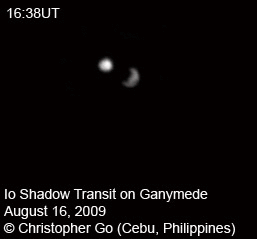
A Twice a Decade Transit Season
We noticed this similarities of Jovian versus terrestrial eclipses while writing an article on mutual eclipse season in 2015. To be sure, eclipse seasons on the Earth tend to be biannual, while seasons in the Jovian system occur less frequently, about twice a decade. More distant moons may see similar celestial sights, but for now, my future plans for building an eclipse viewing hotel and resort are pegged for the surface of Callisto.
Bill Kramer also did a fascinating look at eclipses throughout the solar system from a few years back, posted on his Eclipse-Chasers website.
The Hunt for ‘Exo-Eclipses’
So, what does this all say for eclipses beyond our solar system? Well, as of writing this, there are 5,506 exoplanets known… but claims of any ‘exomoons’ orbiting them remain controversial. Even the best known cases—such as the contentious recent Kepler-1513 b exomoon claim—still have very wide distance and diameter perimeters to say if good-fit eclipses are possible. Still, as the menagerie of extra-solar worlds grow and good exomoon candidates are found, we might yet be able to say with some authority just how common ‘exo-eclipses’ are very soon.
Perhaps, human astronauts will one day witness these far-flung eclipses. Imagine standing on the Earthward face of the Moon during a total lunar eclipse, and witnessing ‘a thousand sunsets’ as the Earth eclipses the Sun. For now, I’d wager that ideal tight-fit eclipses aren’t all that uncommon when you take into account the vast expanse of time and space… but totality over an expanse where life has evolved to enjoy it might be rare indeed.

